
Written by Sarieta
Edited on
18 August 2025
·
14:40
OLED vs QLED
OLED and QLED have similar names, but they're completely different. The difference is mainly in the lighting. OLED TVs use self-illuminating pixels and QLED TVs have backlight. We've listed the most important differences, so you can make your choice easily.
What's the difference between OLED and QLED?
While OLED and QLED are similar names, they're different technologies. Both have advantages and disadvantages. In the video, we discuss the differences in brightness, viewing angle, glare, and the risk of burn-in. That way, we can help you determine which technology suits your viewing needs best.

Comparison OLED and QLED TVs
| OLED | QLED | |
|---|---|---|
| Deepest black | Yes | No |
| High contrast | Yes | Yes |
| Most vibrant colors and brightness | No | Yes |
| Best viewing angle | Yes | No |
Deepest black
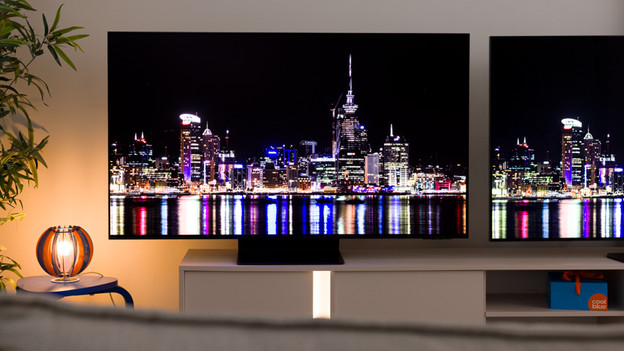
OLED: yes
An OLED display consists of millions of pixels that light up or dim individually. When a pixel needs to display a black image, it turns off completely. As a result, the image is truly black. This creates a powerful contrast between dark and light areas of the screen. You can see this in an evening scene in a city, for example. The sky is fully black, while the buildings are brightly lit. Because individual pixels light up or dim, you don't see a gray glow around bright light sources.
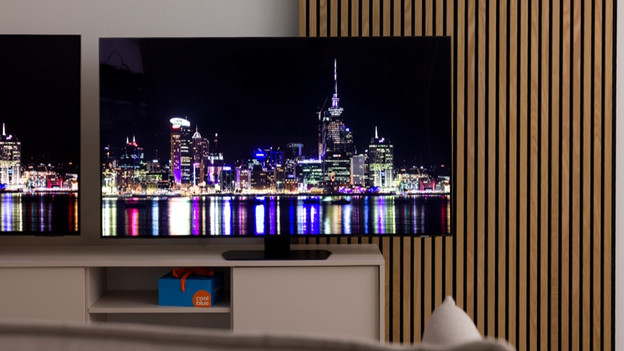
QLED: no
A QLED display uses backlight to illuminate the pixels. There's a layer with small nanocrystals in between the screen and the backlight. These are Quantum Dots, which expand the color gamut of the lighting. This technology provides bright and colorful images. QLED TVs also have a good black levels, especially with Mini-LED local dimming. OLED remains the best choice for the deepest black levels. Even with a Mini-LED TV, you still see a light gray glow around light sources.
High contrast

OLED: yes
OLED TVs have a high contract, because every pixel lights up or turns off individually. From one pixel to the next, an OLED TV can go from pure black to bright white. This provides a realistic viewing experience. Colors also stand out better. Especially the details in dark images remain clearly visible. That way, you can still see what happens in the shadow of a mountain. This makes OLED TVs suitable for people who enjoy movies, series, and games.
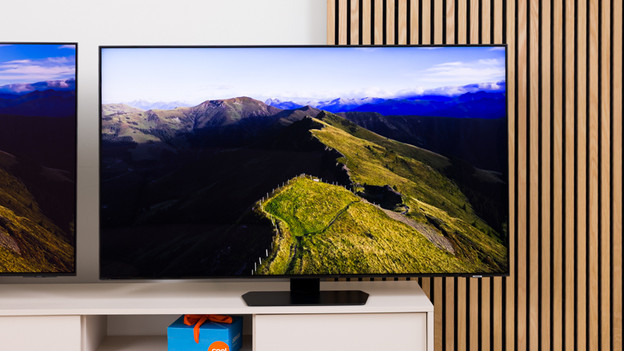
QLED: yes
QLED televisions have a large color volume thanks to the Quantum Dot technology. Between the backlight and the pixels on the screen, there's a layer of Quantum Dots that only let the right colors through. As a result, QLED TVs have a larger color gamut. With Mini-LED local dimming, a QLED TV has a powerful contrast that looks like an OLED TV but with the emphasis on bright colors. This means a QLED TV is mainly used for people who watch TV during the day.
Vibrant colors and brightness

OLED: no
Every OLED TV has HDR support, so you can see more than a billion colors. An OLED TV does have lower brightness, so you don’t always get the most out of this color intensity. In a bright room, colors can look less vivid. That’s why an OLED TV is a good choice if you can darken your room. Thanks to automatic pixel refreshing and modern WOLED technology, the chance of burn-in is minimal as long as you use the TV in a normal way.
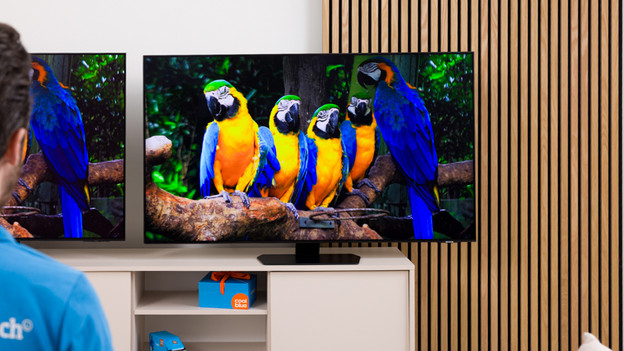
QLED: yes
Thanks to quantum dot technology, a QLED TV stands out in both areas. This technology uses tiny nanocrystals that turn light into color. That way, QLED TVs have a 100% color volume. Every subtle color detail in a field of flowers or the fur of an animal can be seen perfectly on the screen. Thanks to the high brightness, you also have fewer reflections with a QLED TV. This makes the image suitable for brightly lit rooms.
Best viewing angle
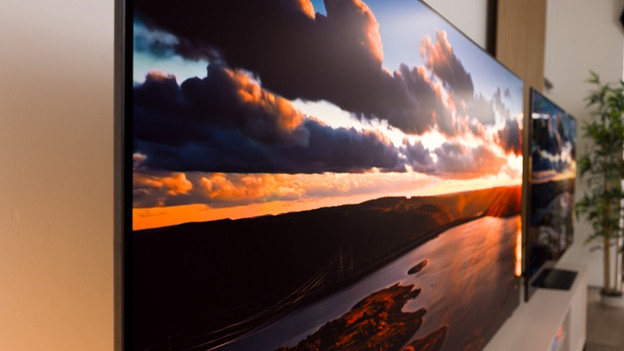
OLED: yes
OLED TVs are known for the excellent viewing angle. You can sit at an angle in front of the TV, and the image quality stays the same. The brightness only drops and colors start to distort at an 85-degree angle. That makes an OLED TV ideal if you like to watch sports matches with a large group of friends.
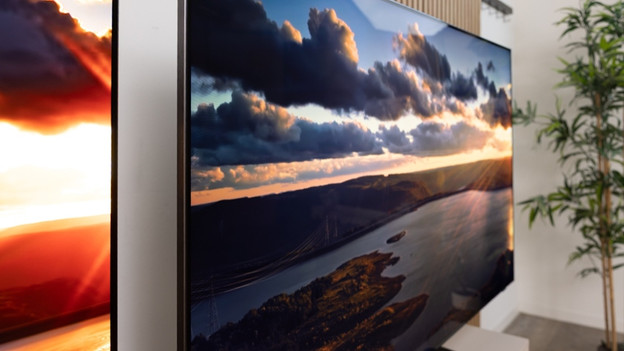
QLED: no
Compared to OLED TVs, QLED TVs have a smaller viewing angle. Colors start to distort and brightness drops at a 55-degree angle. You also see more reflections this way. This means a QLED TV is a good choice if you watch TV a lot by yourself or with your family.
Conclusion
Both OLED and QLED TVs provide a high image quality. If you want to see the deepest black, an OLED TV is something for you. Because each pixel lights up or dims on its own, the black levels look natural and you enjoy images with strong contrast. Choose a QLED TV if you like watching TV during the day. These TVs are more suitable for bright rooms thanks to their higher brightness.

